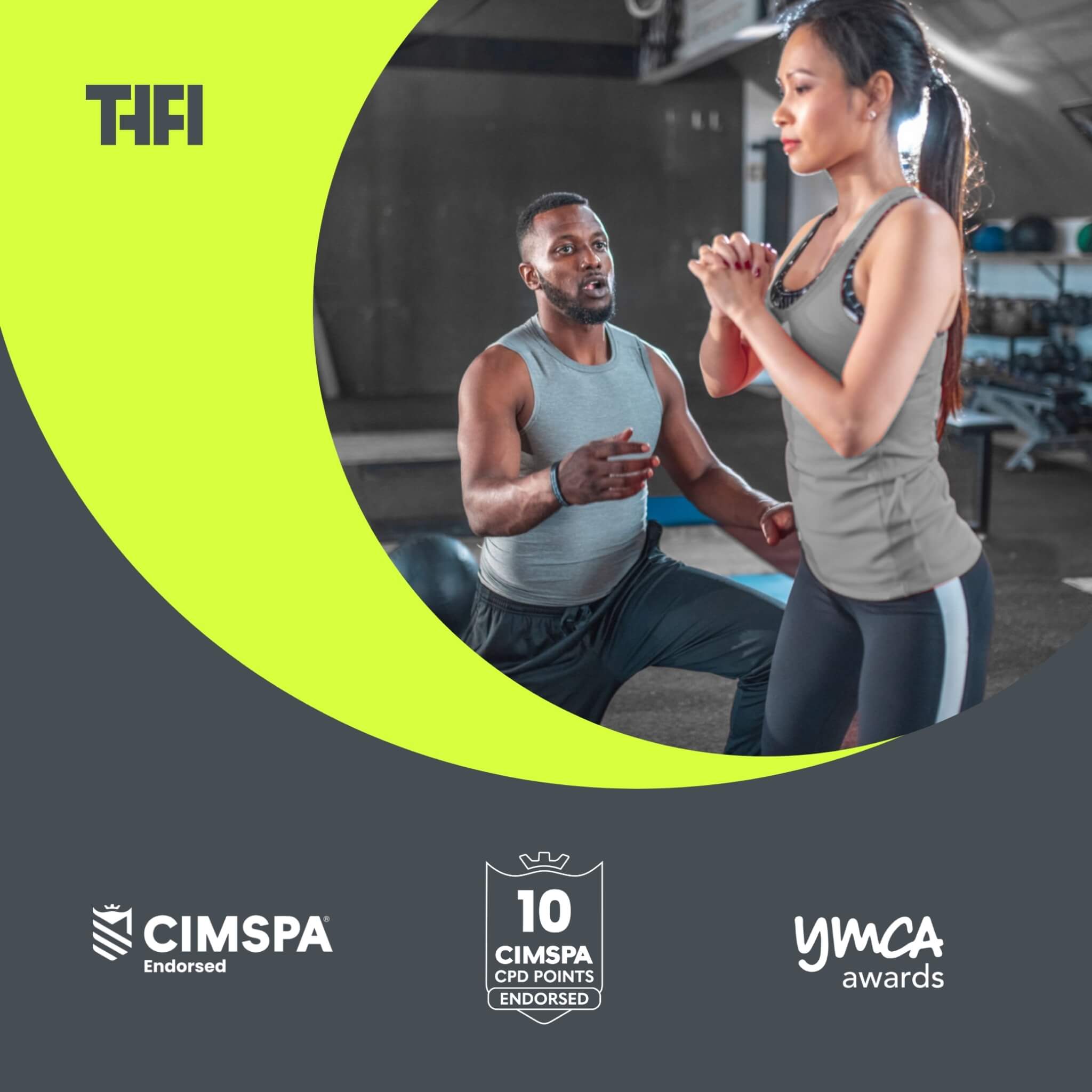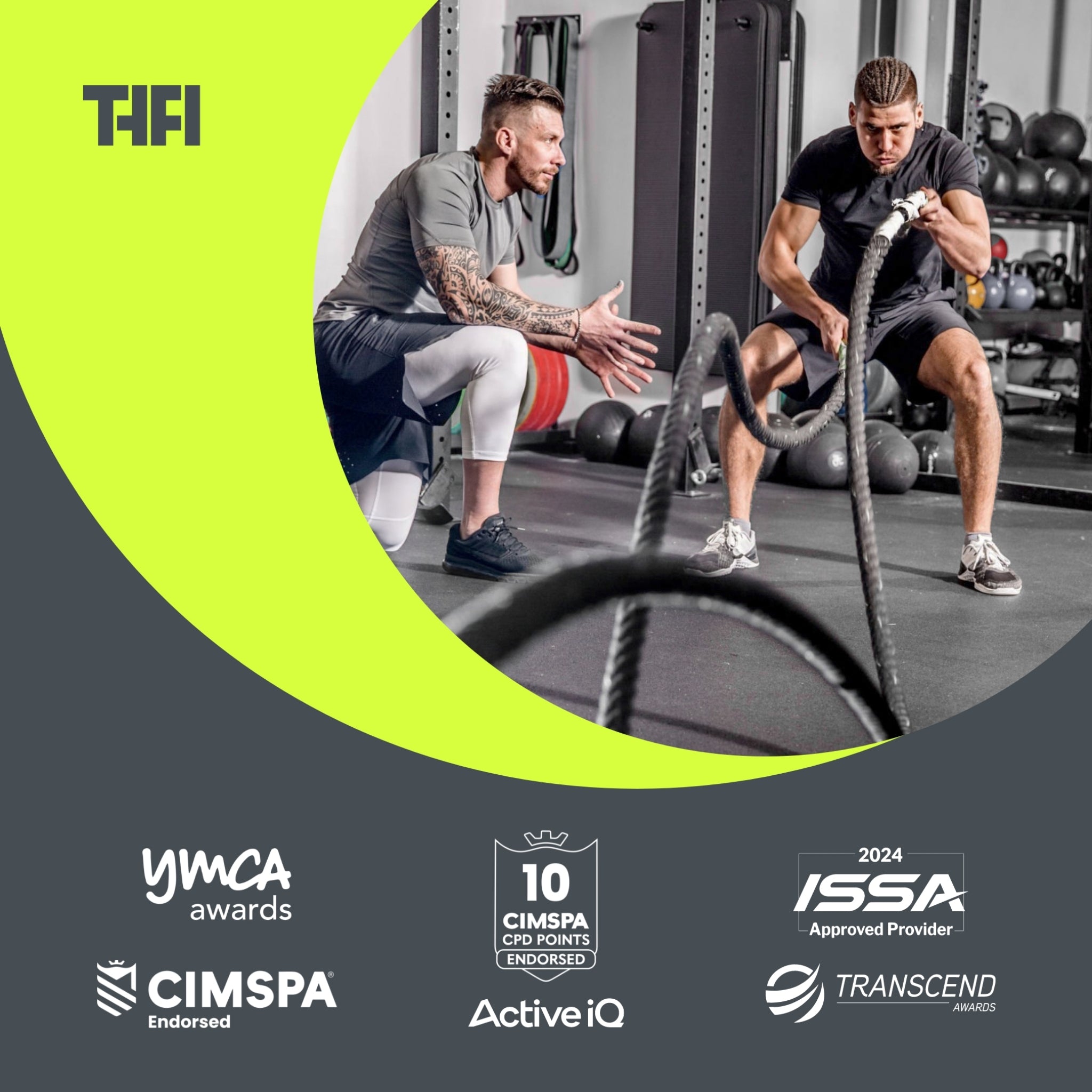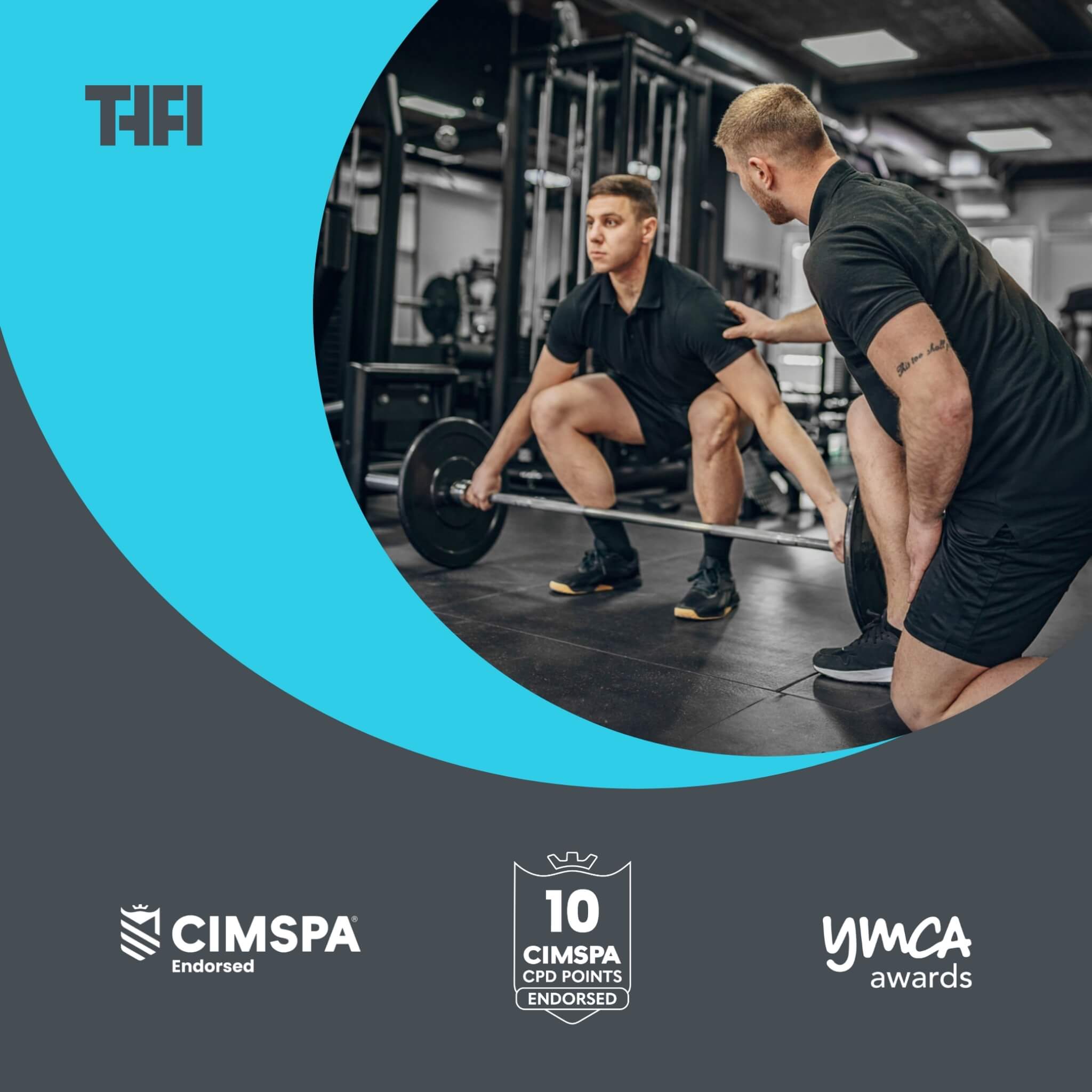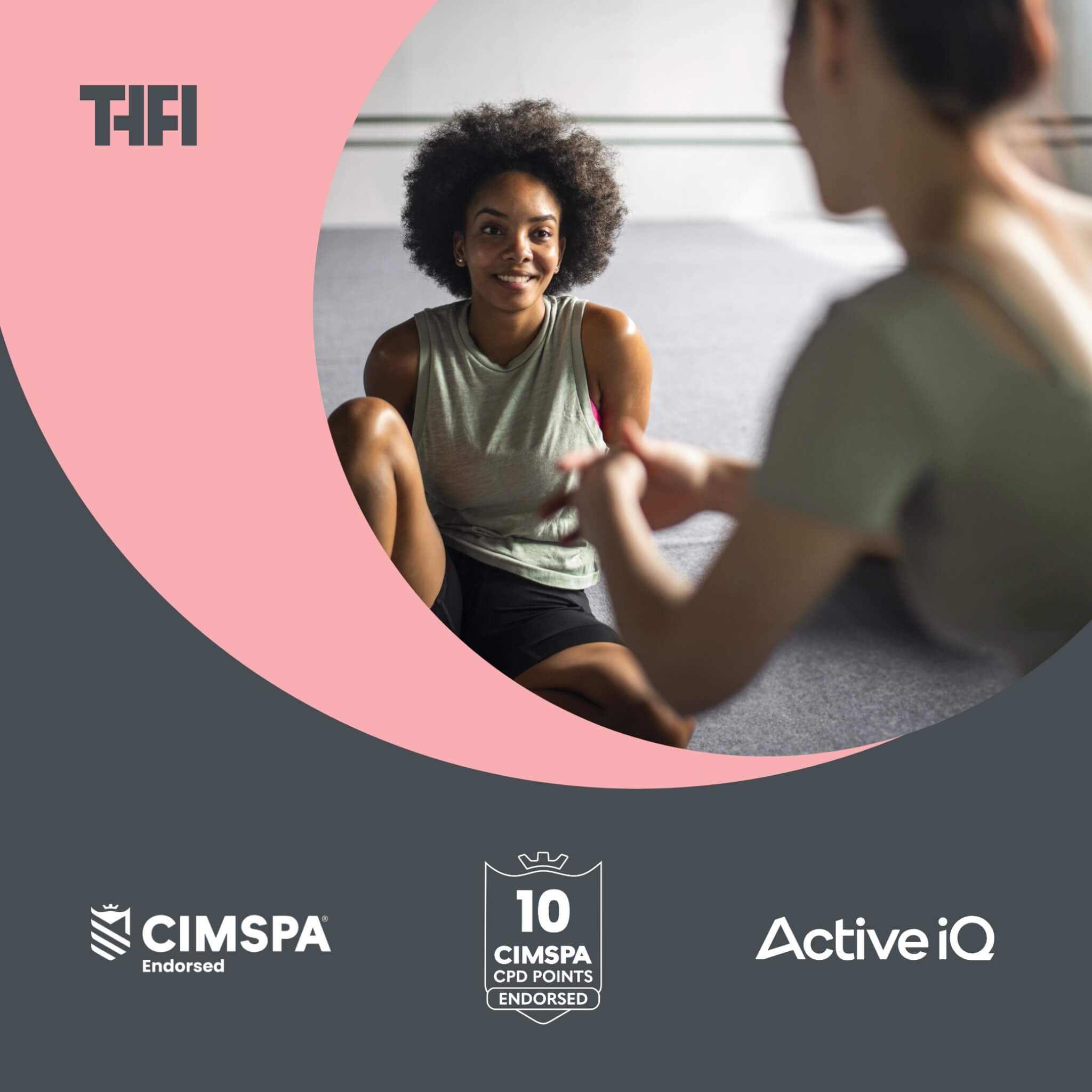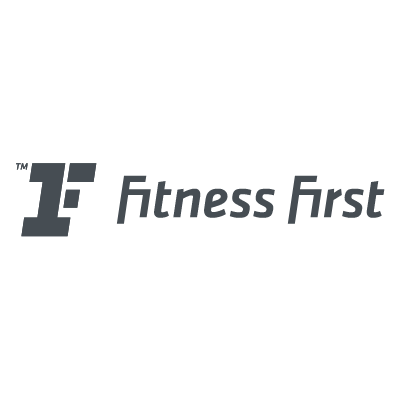How to be the Best Personal Trainer? 9 Traits You Need

What it takes to be the best personal trainer for your clients.
It’s a question many fitness professionals ask themselves, especially as they start out in their careers.
You may have the online PT certifications, the passion for fitness, and a good understanding of how to build workouts.
But do you have the character traits that the best personal trainers like Nick Mitchell, Gunnar Peterson, and Eric Cressey possess?
If you want to get to the top, you need to know...because the reality is, many personal trainers are missing key skills that go beyond just knowing exercises and routines.
This article shows you the nine key traits that the best personal trainers all share and you can develop to help your clients.
Key traits of the best personal trainers:
- Genuine interest in your clients’ progress & results
- Adaptable to your clients' unique needs & circumstances
- You’re a professional & enthusiastic
- You can give inspiring & encouraging feedback
- You know how to track & measure client progress
- You're sessions are always planned & well prepared
- Actively interested in your clients’ diet & lifestyle
- Strong people & communication skills
- You can set realistic targets & objectives tailored to each client
Let's take a look at each of these traits in more detail...
1. You’re genuinely interested in your clients’ progress and results
Why it matters: Clients aren’t just looking for someone to show them exercises – they want someone who is invested in their progress. When clients feel that their trainer genuinely cares about their journey, they are more motivated to stick to the plan. This deeper level of commitment leads to better results, higher client retention, and more referrals.
According to a study published in the Journal of Strength and Conditioning Research, clients who feel supported by their trainers are more likely to adhere to fitness programmes long-term, leading to sustained success.
Look at someone like Joe Wicks. “The Body Coach” became famous not only for his workout plans but for his approachable, genuine interest in helping people improve their health. Wicks has built a massive following because of his authentic care for his clients’ overall well-being, not just in the gym but through healthy eating and lifestyle habits.
His down-to-earth, empathetic approach to fitness has made him relatable and trustworthy to his followers, contributing to his global success.
How to do it: Start by getting to know your clients beyond their fitness goals. Learn about their lifestyle, stressors, and what drives them.
Regularly check in with clients about their progress, not just physically but mentally and emotionally.
- Did they feel stronger after last week's workout?
- How is their nutrition coming along?
- Take notes after each session and follow up on these points.
Personalisation makes clients feel valued, and the best personal trainers know how to create that connection.
DO YOU HAVE WHAT IT TAKES TO BE A PERSONAL TRAINER? CLICK HERE TO FIND OUT HOW WE CAN HELP

2. You’re adaptable to your clients' unique needs and circumstances
Why it matters: No two clients are alike. From varying fitness levels to different goals, injuries, or even mental health considerations, you’ll rarely find a one-size-fits-all solution.
The ability to adapt and tailor your approach to meet your clients’ specific needs is what separates a good trainer from a great one.
This adaptability not only enhances client satisfaction but also ensures their long-term success, as you can work around limitations without sacrificing progress.
The late great Olympic strength coach Charles Polquin was a prime example of this principle in action.
He was a master of adaptability. His scientific, data-driven approach allowed him to develop highly customised programmes for each client, based on their unique needs and progress.
Whether training elite athletes or everyday clients, Poliquin would meticulously track progress and make adjustments to ensure continuous improvement.
His ability to adapt his training methods to suit the individual is a key reason why he is considered a legend in the fitness industry.
How to do it: Be prepared for anything.
Every client will have days when things don’t go as planned – whether they’re recovering from an injury, lacking motivation, or dealing with personal stress.
Always have a plan B and be ready to adjust workouts on the fly. For instance, if a client is dealing with knee pain, modify the workout to include low-impact movements that still target the same muscle groups.
Adaptability also means being open to feedback and changing your methods if they aren’t yielding the results your client is after. If something’s not working, don’t be afraid to try a different approach.
A great trainer is both flexible and creative when needed.
3 .You’re a professional – you're here to do a job, not be a 'rent-a-friend'
Why it matters: As a personal trainer, your role is to guide, support, and provide accountability for your clients. This requires structure and a clear sense of professionalism. If you become too familiar or casual, it can blur the lines between coach and friend, making it harder to hold clients accountable for their actions and progress.
Professionalism also ensures that you’re taken seriously, allowing you to set and maintain the boundaries needed for success in both your clients' journeys and your career.
Clients don’t pay you just to chat and hang out; they expect results and want to see that you’re serious about their goals.
By staying focused on your role as their trainer, you demonstrate that you’re committed to helping them achieve their best – and that’s what they’re investing in. This sense of professional distance doesn’t mean you can’t be personable, but it reinforces that your primary job is to deliver results.
If you want to know what this looks like in practice, consider the example of Nick Mitchell, the founder of Ultimate Performance (UP).
Widely known as the world’s best personal trainer, he is known for his rigorous professionalism. He holds both himself and his trainers to the highest standards of accountability and preparedness.
Mitchell emphasises that clients are not paying for a friend; they are paying for results, and delivering those results is the trainer’s job.
His focus on professionalism and structure is a major factor in the success of his training business.
How to do it: Set clear expectations right from the start.
Explain your approach to training, how you'll hold them accountable, and what they can expect from your sessions.
While it’s important to build rapport – because clients need to feel comfortable with you –it’s equally crucial to maintain the trainer-client dynamic.
For instance, avoid socialising outside of sessions, and always keep the conversation focused on their progress, challenges, and goals during your time together.
Professionalism also extends to punctuality, preparedness, and consistently delivering high-quality sessions.
Show up on time, be fully present, and have a session plan ready that aligns with their progress and goals.
4. You’re inspirational: walking the walk, not just talking the talk
Why it matters: Clients look up to their personal trainers as role models.
They’re far more likely to respect and follow someone who lives the lifestyle they advocate.
If you embody the qualities you’re trying to instil in your clients – whether that’s discipline, consistency, or a balanced approach to fitness and nutrition – you’ll naturally inspire them to stay committed.
After all, why should your clients take your advice seriously if you don’t practice what you preach?
When your clients see you maintaining your own fitness, staying consistent with your goals, and handling challenges with resilience, it creates a sense of trust.
They’ll feel confident that you truly understand their struggles and the solutions you’re offering.
A personal trainer who lives the fitness lifestyle builds credibility and inspires clients to mirror that level of dedication.
Shaun Stafford, a two-time WBFF World Fitness Champion, is an outstanding example of a trainer who walks the walk.
His impressive physique and dedication to fitness are a testament to the lifestyle he advocates for his clients.
Stafford lives by the principles he teaches, maintaining an elite level of fitness while balancing a demanding career.
His commitment to his own health and well-being inspires clients to push their limits and follow suit, seeing that the results he promises are achievable with discipline and consistency.
How to do it: Stay consistent with your own fitness routine, and don’t be afraid to share your own journey with clients.
Talk about your struggles and how you’ve overcome obstacles – it makes you more relatable and shows clients that fitness is a lifelong commitment, not a quick fix.
Whether it’s through your nutrition, your workout routine, or the mental resilience you display, your actions speak louder than any motivational speech you can give.
Keep your energy and enthusiasm high in every session; that passion will naturally rub off on your clients. Lead by example, and they’ll follow.

5. You track client progress and measure the right metrics
Why it matters: Clients need to see tangible evidence that their hard work is paying off.
Without measurable progress, motivation can quickly wane, and clients may lose confidence in both themselves and you as a trainer.
Tracking progress gives you a roadmap to ensure they’re moving in the right direction, and it allows clients to see the small victories along the way.
This ongoing feedback loop also helps you tweak programmes, ensuring your approach is always aligned with their evolving goals.
Regular tracking also fosters accountability.
When clients know they’ll have a progress check-in, they’re more likely to stay consistent outside of training sessions, whether that’s with their nutrition, home workouts, or lifestyle habits.
Research has consistently shown that tracking progress, whether it’s through body composition analysis or performance markers, increases client adherence to fitness programmes.
Again, look to trainers like Charles Poliquin and Nick Mitchell for an example of the data-driven fitness professional or coach.
Mitchell’s trainers at Ultimate Performance, in particular, are known to use over 150 data points as a starting point for setting their clients’ diet and training programs.
And then closely tracking key progress metrics and performance indicators like body fat, body weight, strength improvements, step count, and health metrics, like blood pressure, to be able to objectively see measurable results and keep clients motivated and on track.
How to do it: Use data-driven methods that are relevant to the client's goals.
For strength-focused clients, track improvements in weight lifted or reps completed.
For those aiming to lose weight or improve endurance, regularly measure body composition changes, aerobic capacity, or fitness benchmarks such as running times or stamina in circuits.
Technology can be your ally here – use fitness tracking apps, spreadsheets, or even progress photos to give clients visual and statistical proof of their improvement.
Importantly, don’t wait for clients to ask for updates – be proactive in sharing milestones and metrics regularly.
This not only keeps them engaged but reminds them that you are fully invested in their success.
Tracking also allows you to pivot quickly if things aren’t working, keeping clients on a path to consistent progress.
6. You are always planned and well prepared
Why it matters: As a personal trainer, being unprepared is not just unprofessional, it can hold back your clients’ progress.
Clients rely on you to guide them through a structured programme that builds over time.
When you show up to a session with a clear plan that reflects their goals, current progress, and challenges, you reinforce your value as a professional and provide them with the confidence that they’re working towards something specific.
When clients sense that you’re winging it, they can lose faith in the process.
Your credibility is built on your ability to deliver well-thought-out sessions that are tailored to their personal journey.
A structured, progressive programme allows for measurable improvements and ensures no session is wasted.
Take a leaf out of Eric Cressey’s book when it comes to planning and preparation. Cressey is a highly respected strength and conditioning coach known for his work with elite baseball players, exemplifies this principle.
His approach is renowned for its meticulous planning and individualised programming.
His work at Cressey Sports Performance involves creating highly tailored programmes that not only address each athlete's goals but also account for injury history, physical limitations, and the specific demands of their sport.
Cressey is particularly focused on long-term progression, tracking detailed metrics to ensure that every session builds towards a clear objective.
His careful planning and preparation have made him one of the go-to experts in professional sports for athletes looking to optimise performance while minimising injury risk.
How to do it: Always have a session plan ready before your client walks through the door.
This plan should consider their previous sessions, current goals, and how they’re feeling on the day.
For example, if the client struggled with a movement last week, plan a progression or regression to help them master it.
Keep the session aligned with their long-term goals, but be flexible enough to adjust based on real-time feedback.
Also, be prepared with alternatives – if a piece of equipment is unavailable or a client comes in with a minor injury, you should already have modifications in mind.
Having a structure is key, but adaptability within that structure is what ensures continuous progress.

7. You take an interest in your clients’ diet and lifestyle for holistic results
Why it matters: What clients do outside the gym can either reinforce or undermine the progress they make during training sessions.
Fitness results aren’t just built on exercise alone – diet, sleep, stress management, and overall lifestyle play pivotal roles in shaping a client’s success.
If you want your clients to achieve long-lasting results, you need to take a broader, more holistic approach.
Guiding them through the basics of nutrition and healthy lifestyle habits enhances their efforts and increases the chances of them hitting their goals.
Clients often struggle with maintaining consistency outside of their sessions, and without proper guidance, they may not know how to optimise their nutrition and lifestyle choices to complement their training.
While you may not be a certified nutritionist, your insight and advice can help them form better habits, improve their recovery, and maximise their results.
You may well have heard of Dr Layne Norton – a expert mind who exemplifies this principle through his deep understanding of both training and nutrition.
As a PhD in Nutritional Sciences and a competitive bodybuilder and powerlifter, Norton knows that achieving optimal results requires a holistic approach. He is an advocate of ‘flexible dieting’, which allows clients to manage their diets in a sustainable way without resorting to extreme measures.
Norton integrates sleep, stress management, and lifestyle habits into his coaching to ensure clients not only see physical results but also improve their overall well-being. Y
ou can learn a lot as a trainer from Dr Norton’s emphasis on lifestyle changes and long-term habits to set a foundation for success beyond just the gym and the programs you create.
How to do it: Begin by educating your clients on nutrition basics – such as portion control, macronutrient balance, meal planning, and hydration.
Offer general, actionable tips on how they can improve their diets to support their fitness goals.
For instance, suggest easy ways to incorporate more protein, handle hunger, or manage their calorie intake, but always make it clear that you’re not providing medical or highly specific dietary advice unless you have the proper qualifications.
Beyond nutrition, encourage clients to pay attention to their sleep patterns, stress levels, and daily activity.
Simple lifestyle changes, such as walking more during the day, or managing stress through mindfulness techniques, can have a profound effect on their overall progress.
Remind them that small adjustments outside the gym can lead to big results inside the gym.
READ MORE ABOUT OUR PT MENTORSHIP PROGRAMME
8. You have strong ‘people skills’
Why it matters: Personal training isn’t just about exercise programming – it's about building meaningful, trusting relationships with your clients.
Strong interpersonal skills allow you to connect with clients on a deeper level, creating a sense of trust that keeps them coming back for more.
When clients feel understood and supported, they’re more likely to stick with their fitness journey over the long term.
Building this kind of rapport also fosters open communication, allowing you to better understand their needs and adjust your training accordingly.
However, there’s a fine line between being a supportive trainer and stepping into the role of a therapist.
While empathy is crucial, it’s important to maintain professional boundaries to ensure that you remain focused on their fitness goals.
You only need look at someone like Jillian Michaels, known for her role on The Biggest Loser, to see how important strong people skills are to a good trainer.
She is able to connect with her clients emotionally, understanding their struggles and challenges while pushing them to achieve their best.
Her tough-love approach may seem hard-hitting, but it’s rooted in her genuine care for clients and a desire to see them succeed.
She shows empathy where it’s needed but is careful not to become too familiar or soft, ensuring that her clients stay focused and committed to their goals.
Michaels has a strong ability to connect emotionally, helping clients break through psychological barriers, but she remains a firm, professional presence in her role as a trainer.
How to do it: Start by actively listening to your clients – not just their fitness goals but their concerns, stresses, and daily challenges.
Show genuine interest in their well-being, and create a supportive, non-judgmental environment where they feel comfortable opening up to you.
This will help you tailor your approach and build a stronger bond. However, know when to draw the line.
While it’s important to be there for your clients emotionally, keep the focus on their fitness journey, and avoid getting too involved in their personal lives beyond what’s necessary to help them achieve their goals.
9. You’re pragmatic, not dogmatic: flexibility is key
Why it matters: Clients come from all walks of life, each with different preferences, challenges, and responses to training methods.
A one-size-fits-all approach is not only ineffective but can also alienate clients who feel that their individual needs are being ignored.
The best trainers are flexible, adjusting their training methods and philosophies based on what works best for each client.
Being pragmatic means you’re open to evolving your approach, balancing evidence-based practices with your client’s personal preferences and feedback.
Rigid or dogmatic approaches often fail because they don't account for the complexities of individual clients.
A client might prefer different workout styles or may respond better to certain nutritional approaches.
Flexibility ensures that clients remain engaged and can progress in a way that suits them.
If you want to know what this looks like in reality, take the example of Gunnar Peterson who embodies this principle of flexibility.
He’s known as a “celebrity trainer” for his high profile work with clients like Jennifer Lopez, Sylvester Stallone, and Dwayne ‘The Rock’ Johnson.
But he’s also worked with boxers, NFL players, NBA stars, and even tennis players like the great Pete Sampras.
He’s known for his focus on functional training, but working with high-profile clients who often have unique needs and unpredictable schedules,
Peterson adapts his training programmes to suit the individual while maintaining structure and consistency.
His ability to pivot and adjust ensures that clients always remain engaged and continue progressing.
How to do it: Tailor your programmes to each client’s unique needs while keeping the core scientific principles of fitness intact.
Be open to feedback from clients—if they dislike a particular exercise or feel like they’re not progressing, don’t hesitate to make adjustments.
It’s essential to find what motivates them, whether that’s a different workout format or a different way of tracking progress.
Balance flexibility with structure: while it’s important to accommodate client preferences, ensure that your training still follows the fundamental principles of progressive overload, proper recovery, and balanced nutrition.
This way, you’re meeting the client where they are while still guiding them towards optimal results.
Conclusion: Key lessons for aspiring great trainers
A great personal trainer is someone who is genuinely invested in their clients' success, both in and out of the gym.
It's not just about designing workouts – it's about being adaptable, professional, and always prepared to guide clients towards their goals.
The most effective trainers go beyond the basics, building long-lasting relationships by showing true care, tailoring programmes to individual needs, and being a role model that clients can trust.
The key takeaways here are that the best personal trainers:
- Inspire through their own actions,
- Keep clients engaged by tracking progress methodically,
- Create a personalised experience for every individual they work with.
These qualities are what set exceptional trainers apart from the rest, and mastering them will elevate your career in the fitness industry.
Reflecting on these core traits can show you what you already do well, and what areas for growth you have.
The best trainers never stop self-evaluating and looking for ways to improve. And you can too.
FIND OUT MORE ABOUT THFI
Want to become one of the great PTs in the industry? Explore our range of Personal Training courses over on the THFI website to take your first steps.





